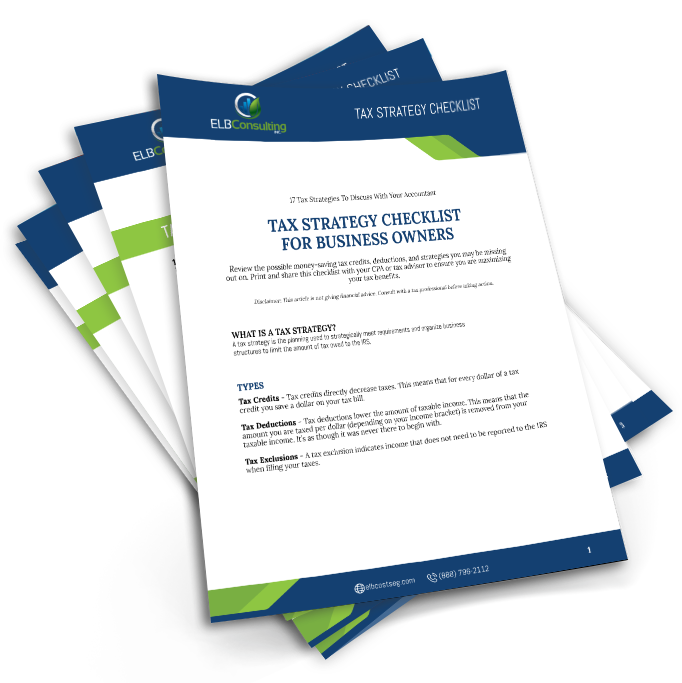It just seems that everyone has a data analysis tool, a dashboard, a set of graphs to visualize data. What’s really important to consider, is that you’re seeing meaningful data. Is it actionable? Do the metrics and analysis really make a difference in “business operations”, decision making, or is it just behavioral information that is just that, information (which is better used for behavioral marketing).
“Big data is not about the data” – Gary King, Harvard University, making the point that while data is plentiful and easy to collect, the real value is in the analytics.
I think the real key is if it will help you make better operational decisions that can be measured, managed and then continuously improved. Does it help you to turn those decisions into action?
Business Intelligence Tools
A business intelligence tool should readily consume and leverage your existing system’s data (however disparate they may be) and intake data from outside sources such as demographic or sales data for example, that may have an impact on the decision making outcome for operational performance. And, the tool really becomes valuable when it becomes a “business operating system” providing an assist to management tool with strategic planning – identifying anomalies or trends, which have a direct impact on operational efficiency.
Real Estate Specific Intelligence Tool Needs
Imperative to a real estate intelligence tool is the ability to very easily acquire and aggregate relevant data, from internal and external sources. Most dashboard platforms require excruciating efforts to get disparate data into a single usable source to produce metrics and analytics for visualization; unless they’re reading off their own dataset, and stop there. To be truly effective, an intelligence platform should allow for easy collaboration and communication of real-time aggregated portfolio data and analytics for insightful conclusions and action, whether for new site selection, acquisitions, transactions, projects, and space utilization.
The shared information needs to be real-time and interactive when presented because invariably there’s a new wrinkle, what-if, or question that was not addressed in the ‘cut-and-paste’ version of the presentation. If the collaborative solution is connected to the data in real-time, questions and issues are addressed and put to rest and decisions can be made without delay. Once a decision is made, it should be acted upon with workflows triggered automatically, and tasks, notifications, and activities kicked off across teams. Real data. Real-time. Real fast.
That’s when the system begins to support “the way the world really works”.
You may be missing out on tax benefits.
Own commercial property?
We can help you find smarter ways to depreciate your property and reduce your taxes. Tell us about yourself and we’ll see how much you could be saving.




